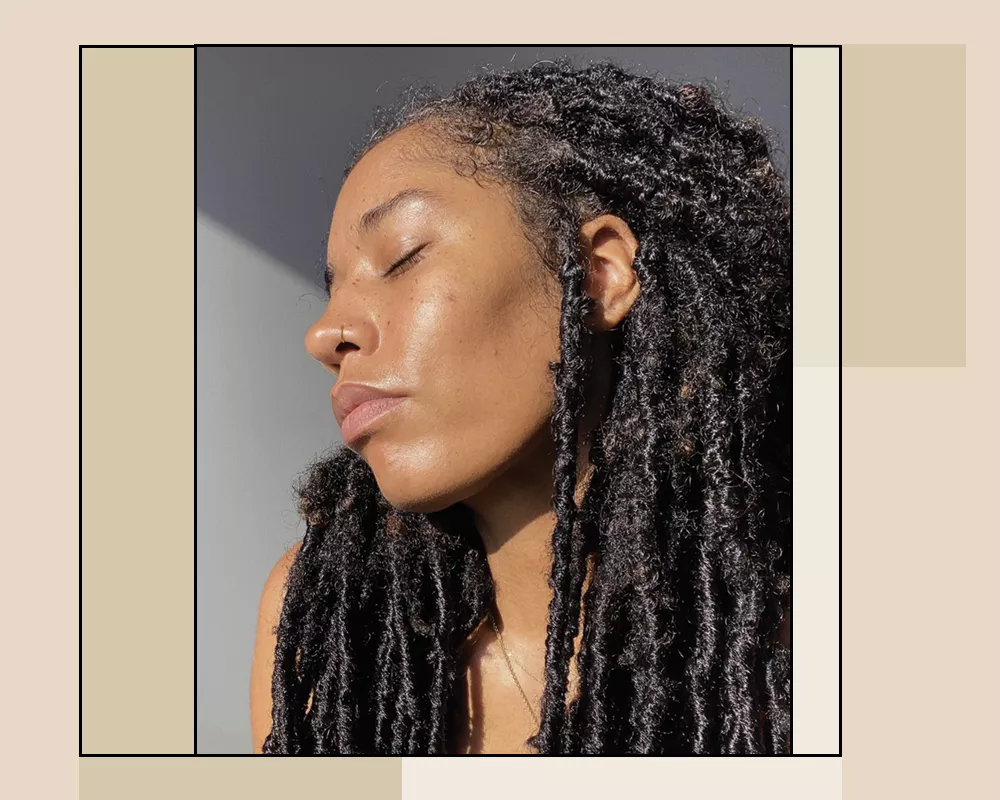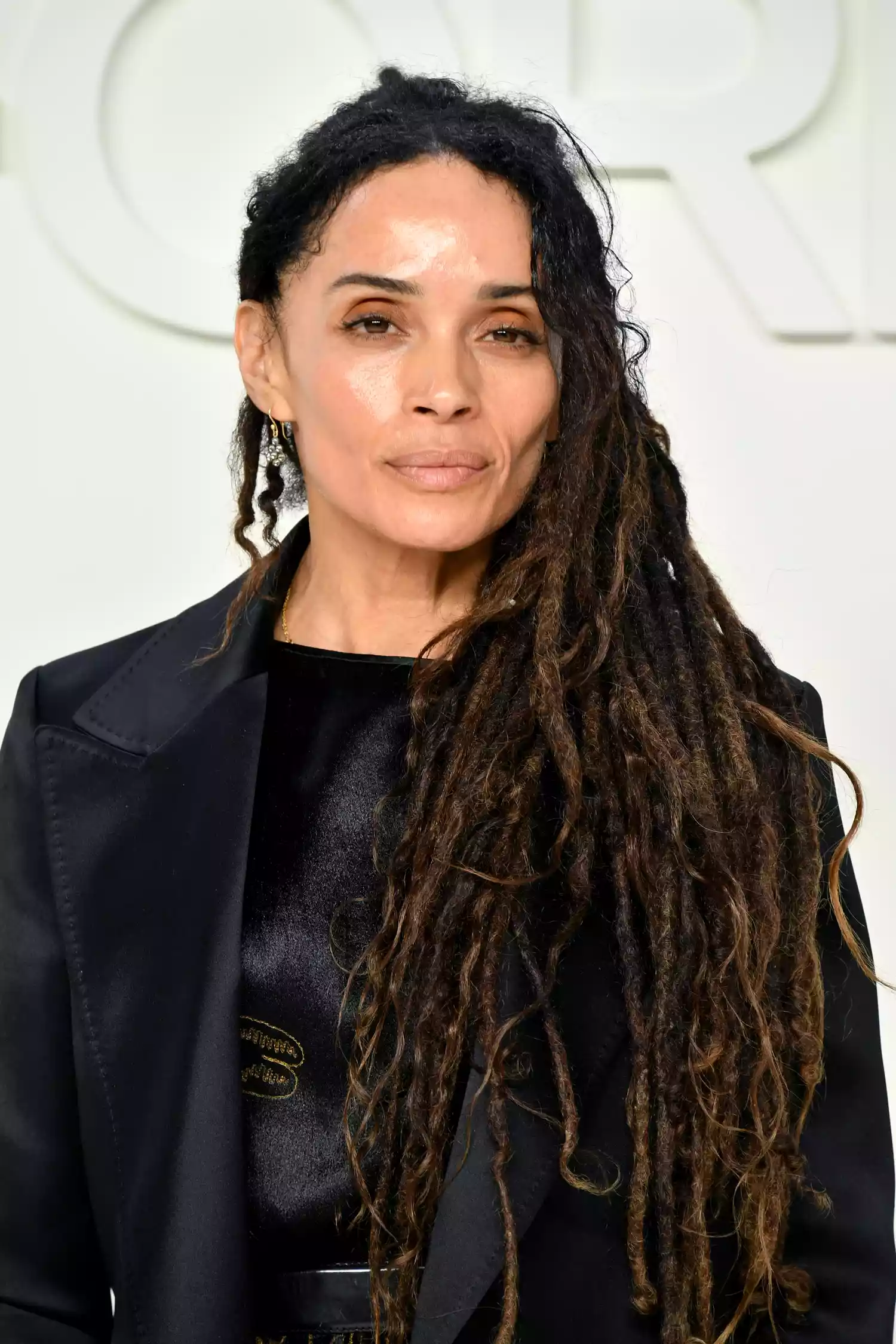
@thevicstyles
When you decide to start growing locs, one of the first steps will be choosing your starter loc style: Basically, a loc-friendly hairstyle that, with proper maintenance and time, will eventually grow into mature locs. The style you land on will largely depend on your hair texture and the end look youre going for.
Not even sure where to begin? We chatted with master loctician Sherelle Whitney Holder to learn more about starter loc styles and asked her for her best tips and product recommendations.Ahead, check out some of the best hairstyles for starting your loc journey.
Comb Coils

Dia Dipasupil / Getty Images
One of the most common starter styles, comb coils are made by spinning small sections of hair with the teeth of a rattail comb or coil twist comb. You just grab a section of hair by the end, insert the fine-tooth comb, and begin spinning until the hair has formed a coil.
To maintain this style, Holder says, "You want to make sure you are keeping it moisturized at all times using a hair oil of your choice and wearing a head scarf at night."
Palm Rolling

Getty Images
As the name suggests, this style is created by rolling sections of hair between the palms of your hands to help your strands find their shape. This look not only works great as a style on its own or for maintaining locs, but its also a good choice for starting your locs. By leaving your palm rolls in, your hair will naturally loc over time. Decide how large you want your sections to be before beginning to palm roll, and make sure they are as uniform as possible.
Two-Strand Twists

Amy Sussman/Getty Images
Depending on your hair type, you might find comb coils difficult to prevent from unraveling, so try two-strand twists instead. Just like palm rolls, two-strand twists are their own style but can be left in to grow into locs as well, with a fuller, thicker end result. Youll need at least a couple of inches of hair to form two-strand twists (at least four inches will give you the best results). You can use palm rolling or comb twisting to maintain the twists as they grow.
Braids

Getty Images
Braids (or plaits) may be the go-to starter loc style for people with a looser hair texture to prevent unraveling in the beginning loc stages, particularly when the hair gets wet. Keep in mind that braid locs will not be as circular as rolled or twisted locs; since the braid is flat, your locs will be as well. It may take a year or longer for the braid pattern to disappear and your loc to form.
Freeform Locs
A classic loc style, freeform locs take on their own unique shape and form. Instead of starting with a deliberate style, this variation of the starter loc happens organically, with little twisting or manipulation.
Sisterlocks
Thanks to their small size, sisterlocks have a lot of versatility when it comes to styling, which makes this starter loc style a favorite for those who love to switch up their look. Because this is such an intensive process that requires using a specific technique, this type of starter loc should be done by a certified sisterlock consultant. "Sisterlocks are a hair care system that requires training, and you should make sure that your stylist is knowledgeable in sisterlock education," says Holder. "The initial install can range from 16-18 hours, depending on the length and thickness of your hair."
Instant Locs

Steve Granitz / Getty Images
This is the technique to use if youre starting with longer hair and want instant results (hence the name instant locs). While it can take years and years to grow some of the other starter loc styles into mature locs, instant locs give you the look right away. This technique involves using a crochet hook to loc your loose natural hairs together.
Loc Extensions

Raymond Hall / Getty Images
This starter loc method is exactly how it sounds. If you dont have the patience to grow mature locs, loc extensions can be added to your hair for a faux loc style that looks like the real thing. Holder recommends using "Afro kinky bulk hair because its lightweight and can be colored and manipulated like real dreadlocks."
Goddess Locs

Steve Granitz/Getty
This faux loc style is easily identified by its loose curls at the ends of each loc. The way to achieve this look is by wrapping loose braiding hair around braided sections of your own hair to create a longer faux loc.
Backcombed

Ryan Morris/Getty Images
If your hair is on the wavier to straighter side, backcombing might be a good option for starting your loc journey. Backcombing involves combing/teasing your hair backward (hence the name) with a metal comb and is best for people with hair on the longer side. Once the hair is teased enough, you roll it into your desired loc shape with the palms of your hands.
Interlocked
Interlocking is a process for creating locs that uses a crochet needle/latch hook, Holder explains. This method is done by pulling the ends of the hair through the roots using the needle in an east, west, north, and south rotation until no new growth is left.
What Are Passion Twists? A Guide to the Stunning Natural Hairstyle